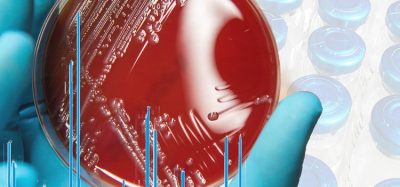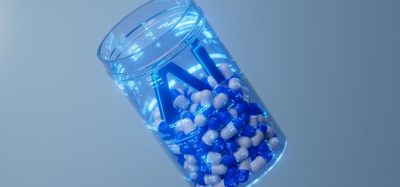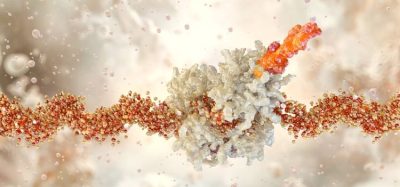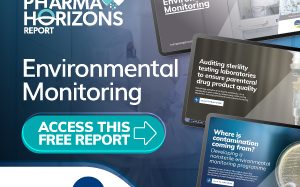Innovative mass spec method may improve oligonucleotide therapeutic analysis
Posted: 21 August 2024 | Catherine Eckford (European Pharmaceutical Review) | No comments yet
The nonIP-RP-LC-MS method provides an “easy, reliable, and cost-effective” approach for bioanalysing oligonucleotide therapies.
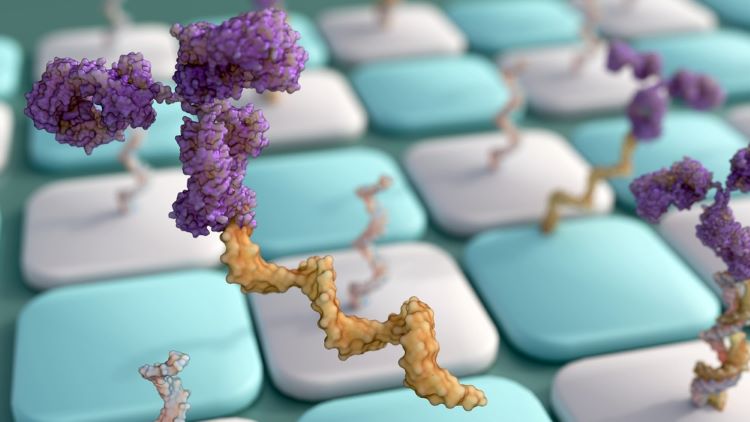

Researchers have developed a novel reverse-phase liquid chromatography–mass spectrometry (RP-LC-MS) method that does not require ion pairing reagents. This approach is suitable for use during development of oligonucleotide therapeutics.
Using ammonium bicarbonate (ABC) as the mobile phase additive in nonIP-RP-LC/MS was beneficial, the authors wrote, as carbonate and ammonium ions being present is “crucial”. Lumasiran was highlighted as an example of using the method for bioanalysis of a variety of natural or chemically modified oligonucleotides.
The researchers aimed to “overcome the analytical limitations posed by conventional approaches” utilising ion pairing reagents. For example, these challenges include “residual reagents, reagent costs, and instability associated with IP-RP-LC/MS”.
Specifically, one obstacle is the “contamination from [ion pairing] reagents persists in the LC pump, necessitating a dedicated LC for oligonucleotide analysis using [ion pairing] reagents and prolonged downtime for cleaning for other analyses using the same instrument”.
Preparation of the novel RP-LC-MS method for oligonucleotide therapeutic analysis
The paper explained that standard samples used in the study were prepared by diluting the stock of the oligonucleotide therapeutics “(50 or 100 μg/mL) with a mixture of TE buffer and methanol in a 70:30 (v/v) ratio”.
The quantification range and sensitivity achieved with the described approach are comparable to those of existing IP-RP-LC/MS, further validating its potential as a reliable bioanalytical method for [oligonucleotide therapeutics]”
Dilution of the stock solution was prepared with “reconstituted plasma, obtained by precipitating proteins from mouse plasma using methanol, drying the supernatant, and redissolving it to its original volume”.
Mobile phase A consisted of 10 mM ammonium bicarbonate (ABC), and mobile phase B was methanol, the paper stated.
Positively, the quantification range and sensitivity achieved with the described approach “are comparable to those of existing IP-RP-LC/MS, further validating its potential as a reliable bioanalytical method for [oligonucleotide therapeutics]”, Hayashi et al. concluded.
The paper on the novel RP-LC-MS method was published in the Journal of the American Society for Mass Spectrometry.
Advanced techniques fuelling demand for liquid chromatography reagents



